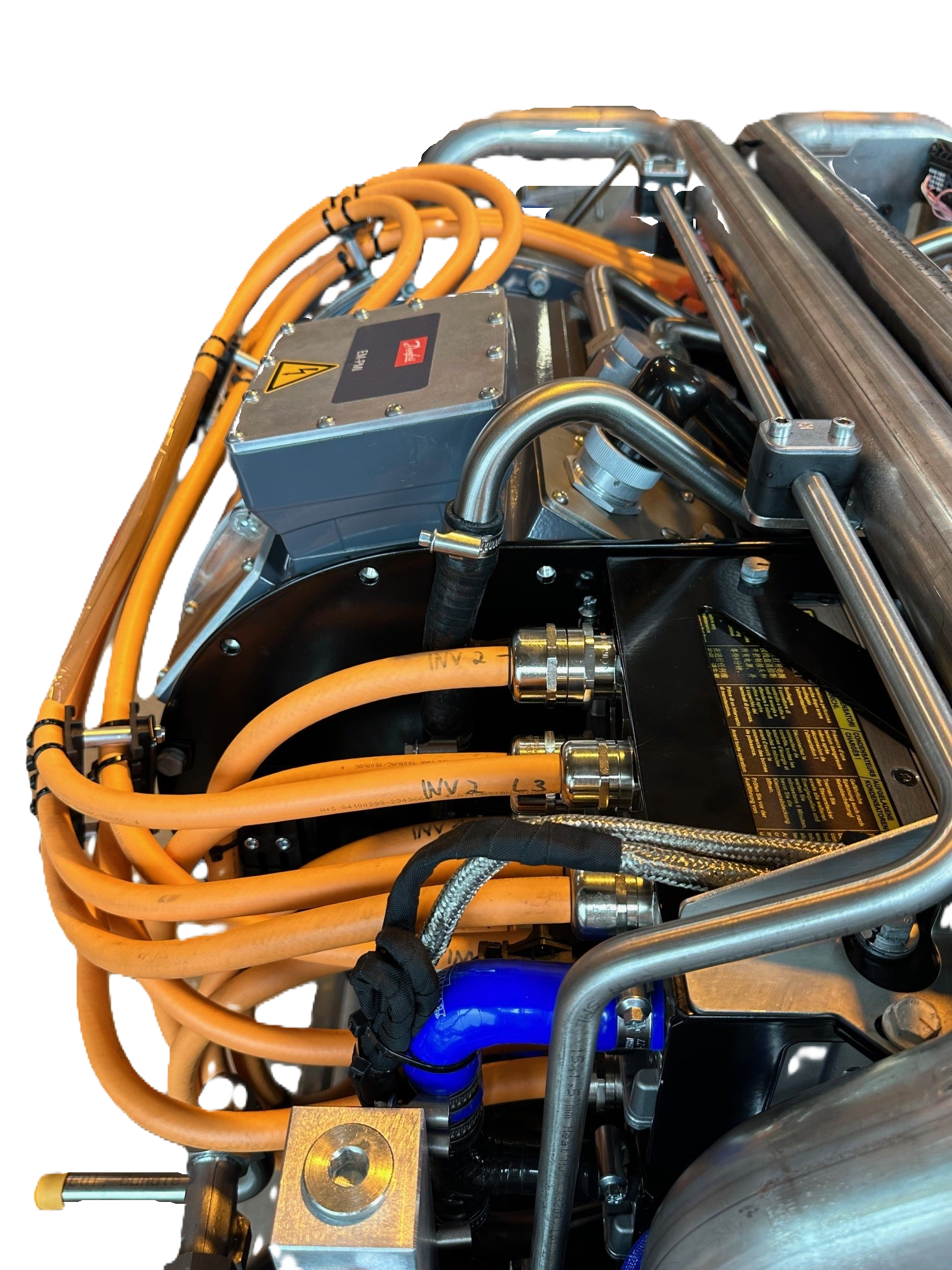The Fétis Group is launching Kinell, a brand new model representing the group’s low-carbon and automation actions throughout Europe and North America.
Kinell’s ambition is to supply a whole ecosystem of options to assist the vitality transition in off-highway machines, particular autos, skilled marine and electrical energy. This ecosystem will span all the vitality cycle—from technology to storage to consumption.
These vitality options might be complemented by digital companies that optimise asset administration, increase productiveness, and cut back whole possession prices.
In Could, the primary stage of the rollout centered on the electrification and automation of off-highway machines and particular autos. This initiative brings collectively Fétis Group operations in Germany, France, Spain, and Canada, which beforehand operated underneath the Dintec identify.
In Q3 and This autumn 2025, the group will announce extra capabilities in options for the decarbonisation {of professional} marine vessels and decarbonised vitality technology and storage
In parallel, the group is ramping up funding in increasing its suite of digital and engineering companies.

“Within the 20 years since our system integration enterprise was based, we’ve partnered carefully with OEMs to carry their machines to life. This functionality is now central to our strategic imaginative and prescient. As we increase geographically and broaden our providing, we’d like a unified worldwide model that displays our ambition and helps our development,” says Oliver Lythgoe, chief advertising officer of the Fétis Group.
Kinell is optimistic in regards to the long-term potential of low-carbon options in its key industries. With the quickly falling price of renewable vitality and downward strain on battery costs, electrification is changing into not solely the lowest-carbon possibility but additionally the most efficient and cost-effective over a machine’s lifetime.
Automation can also be set for sturdy development, pushed by industry-wide shortages of expert operators and rising calls for for security and effectivity. These traits are carefully linked to the shift towards electrification.
For the preliminary providing in off-highway machines and particular autos, OEMs face three key challenges within the shift to low-carbon and autonomous applied sciences, and the corporate says it’s positioned to assist overcome them.
When it comes to engineering experience, many OEMs lack in-house expertise in high-voltage, high-current electrical architectures. By partnering with Kinell’s engineering groups, OEMs can cut back danger, speed up growth timelines, and optimise system prices.
Kinell additionally presents engineering companies in controls, software program, mechanical methods, and prototype growth—designed to enrich and improve OEMs’ inner capability.
Electrification is greater than propulsion. Kinell gives pre-engineered system options akin to electrical energy take-off drives (ePTO), charging methods, and energy administration platforms, which assist OEMs ship full machines extra effectively.
Software program and management methods for off-highway machines are anticipated to develop dramatically extra advanced over the following 5 years. Prospects demand ever extra productiveness, effectivity, security, and asset administration options. Economically and technically, it is sensible for OEMs to combine externally developed, pre-validated software program modules, enabling inner groups to concentrate on what units their machines aside.
Kinell’s software program portfolio will embody modules for automobile path planning, autonomous steering, and connectivity options akin to telematics and precision farming.
Whereas the market already presents a variety of electrification parts—batteries, motors, inverters—OEMs nonetheless want dependable, cost-effective sources for application-specific parts. These embody wiring harnesses, energy distribution models, and machine-specific software program. Kinell delivers these with high quality and responsiveness.
“As we carry collectively the capabilities of our worldwide groups, we’re uniquely positioned to assist formidable OEMs in fixing the hardest engineering challenges. Sure, we have now deep technical experience—however simply as importantly, we’ve confirmed our agility in a fast-changing market. We’re dedicated to investing in our future and serving to OEMs carry the following technology of machines to life,” concludes Lythgoe.
Pictures courtesy of Kinell


